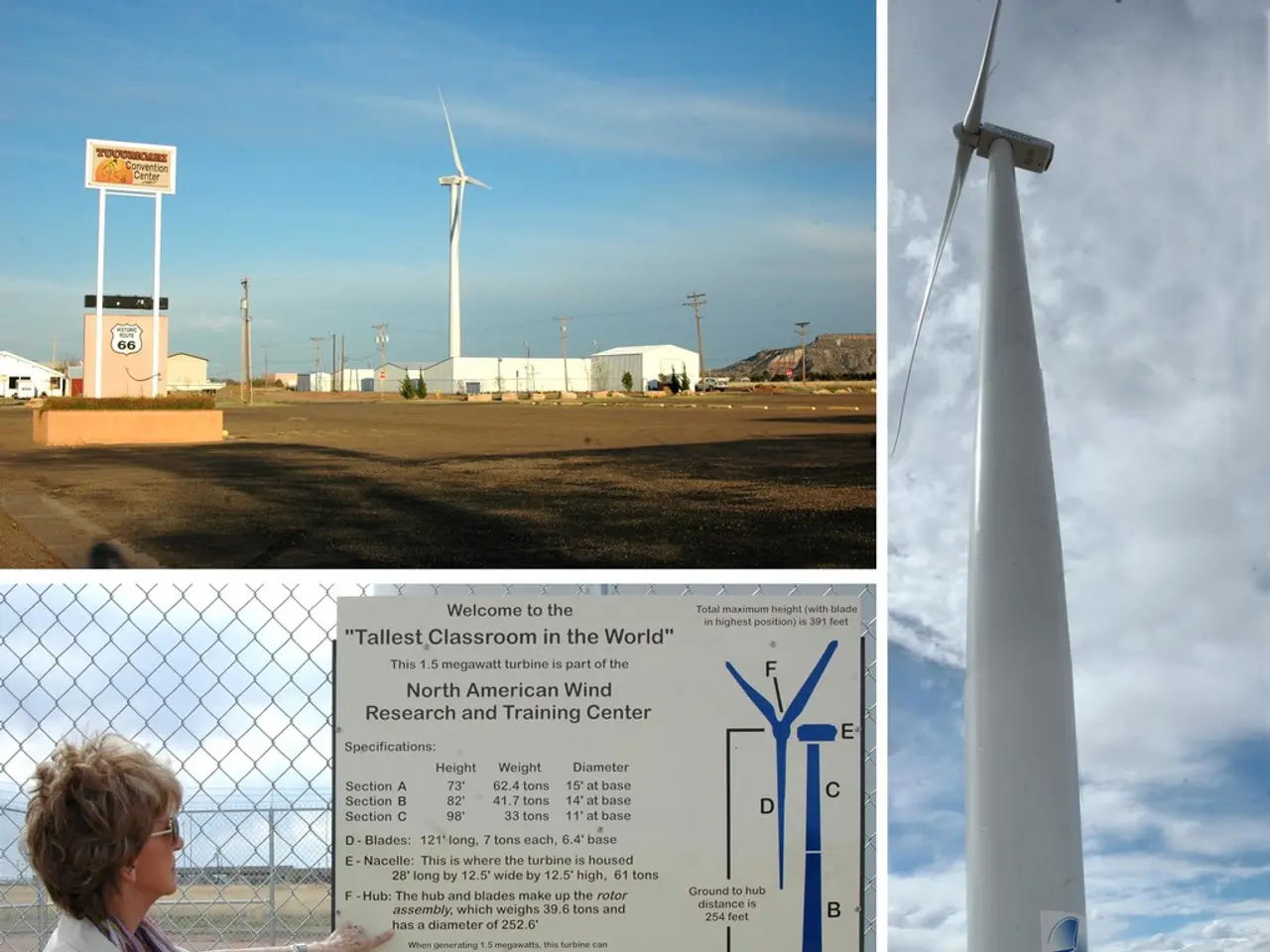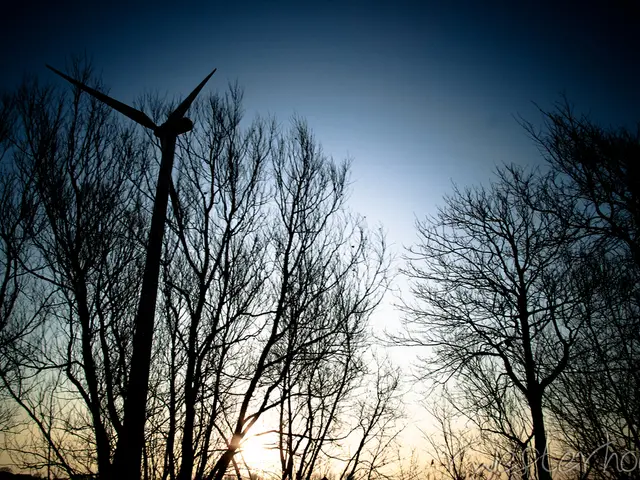Salzburg Boosts Green Energy: New Hydro Plant, Solar Expansion, EV Charging
Salzburg is boosting its green energy production and infrastructure. Verbund has launched the Pumpspeicherkraftwerk Limberg III, while oekostrom AG is expanding agro-photovoltaic systems and building a new solar panel power plant. Meanwhile, Albus Salzburg is investing in charging infrastructure for electric buses.
The newly commissioned Limberg III plant in Kaprun has a turbine capacity of 480 megawatts. It will power around 3,000 households annually and save approximately 1,700 tonnes of CO2. The project received around 1.2 million euros in funding from the Salzburg regional government.
In Upper Austria, oekostrom AG is constructing a 7.8 megawatt-peak agro-photovoltaic plant in Höhnhart. By 2030, Upper Austria aims to increase its solar power share tenfold, with around 25,000 new PV systems installed in 2024 alone. The Höhnhart solar panel plant, with a capacity of 7.8 megawatt-peak, is a model for combining energy production and agricultural use.
Albus Salzburg is investing around 3.5 million euros in new charging infrastructure for electric buses. The company expects the number of emission-free buses in Salzburg to reach around 80 by the end of 2028.
These projects demonstrate Salzburg's commitment to renewable energy and sustainable transportation. The Limberg III plant, Höhnhart solar panel plant, and Albus Salzburg's charging infrastructure expansion will contribute to grid stability, reduce emissions, and support the region's green energy transition.
Read also:
- Catastrophe at a U.S. Steel facility in Pennsylvania results in the loss of two lives. crucial details unveiled
- Auto Industry Updates: Geotab, C2A, Deloitte, NOVOSENSE, Soracom, and Panasonic in Focus
- TU Braunschweig Leads at WSCC 2025: Tackling Water Security in a Changing Climate
- Liverpool unveils plans for expanding its electric fleet: intends to incorporate 50 new electric buses








